Aquariums have always been a popular addition to many homes and for good reason. They are not only aesthetically pleasing but also provide a sense of tranquillity and calmness that can benefit our mental health.
As an aquarium enthusiast, We have come across many types of fish species that can add to the beauty of aquariums. However, one that stands out is the Java-Loach. The Java Loach, also known as the Dwarf Loach, is a small and peaceful fish perfect for adding to your aquarium.
It is a native of Southeast Asia and can be found in slow-moving rivers and streams. These fish are not only attractive with their silver-brown colouration, but they are also very active and interesting to watch. The Java-Loach is a social fish and loves to be kept in groups of six or more.

What Is The Best Way To Keep A Java Loach In Your Aquarium?
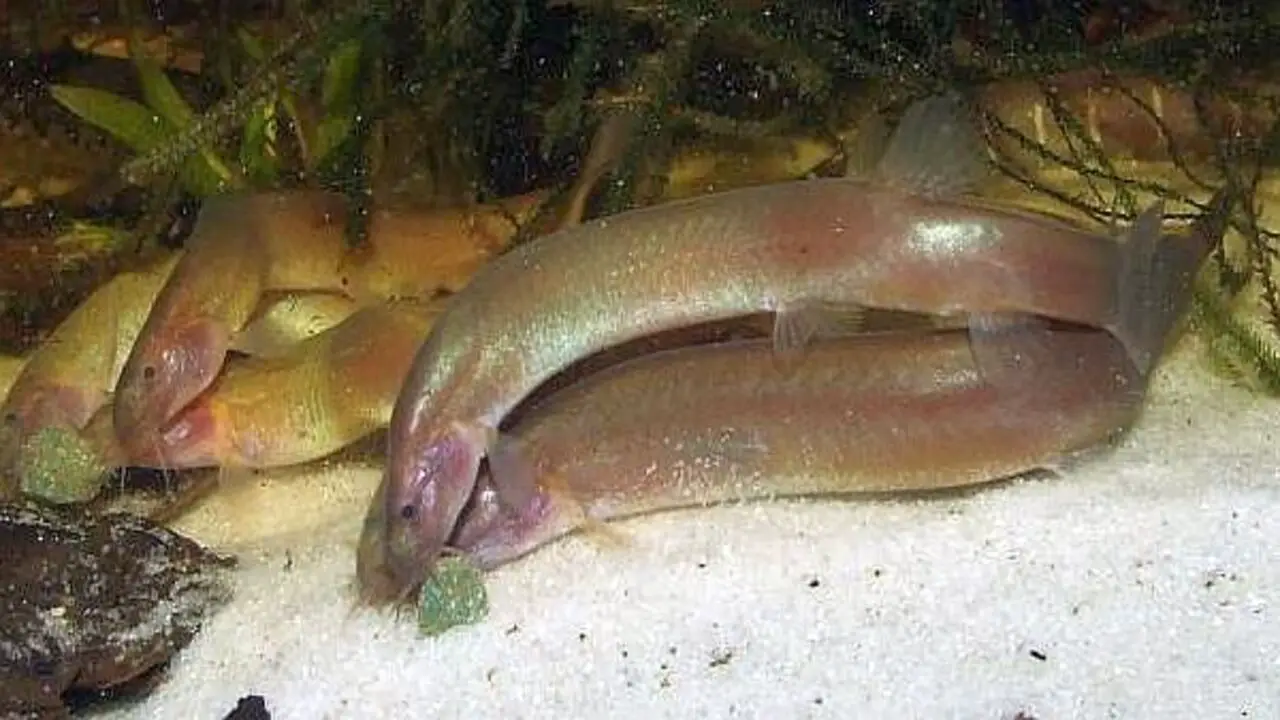
Java loaches are small, peaceful freshwater fish that can make a great addition to your aquarium. When keeping java loaches, providing them with a suitable environment that mimics their natural habitat is essential. They prefer a well-planted tank with plenty of hiding places and soft substrate. Java-loaches are social creatures and should be kept in groups of at least three to five individuals.
They are bottom-dwellers and appreciate having driftwood or rocks to explore and hide under. Regarding diet, java loaches are omnivorous and will eat live and prepared foods. It is essential to provide them with a varied diet that includes protein-rich foods like bloodworms and brine shrimp, as well as high-quality flake or pellet food. Providing the right conditions and diet ensures your java-loach thrives in your aquarium.
Tank Requirements For A Java Loach
Java-loaches are popular freshwater fish that require specific tank requirements to thrive. These small, peaceful fish are native to Southeast Asia and are popular for their playful nature and unique appearance. When setting up a tank for java-loaches, it is important to provide them with a spacious environment that mimics their natural habitat.
A tank size of at least 30 gallons is recommended to accommodate a small group of java-loaches. The water should be kept clean and well-filtered, with a temperature between 75-82°F (24-28°C) and a pH around 6.5-7.5. Java-loaches also appreciate plenty of hiding spots, such as caves or driftwood, as they are nocturnal and like to retreat during the day. Providing the right tank requirements for java-loaches will help ensure their health and happiness in your aquarium.
Water Parameters And Temperature For A Java Loach
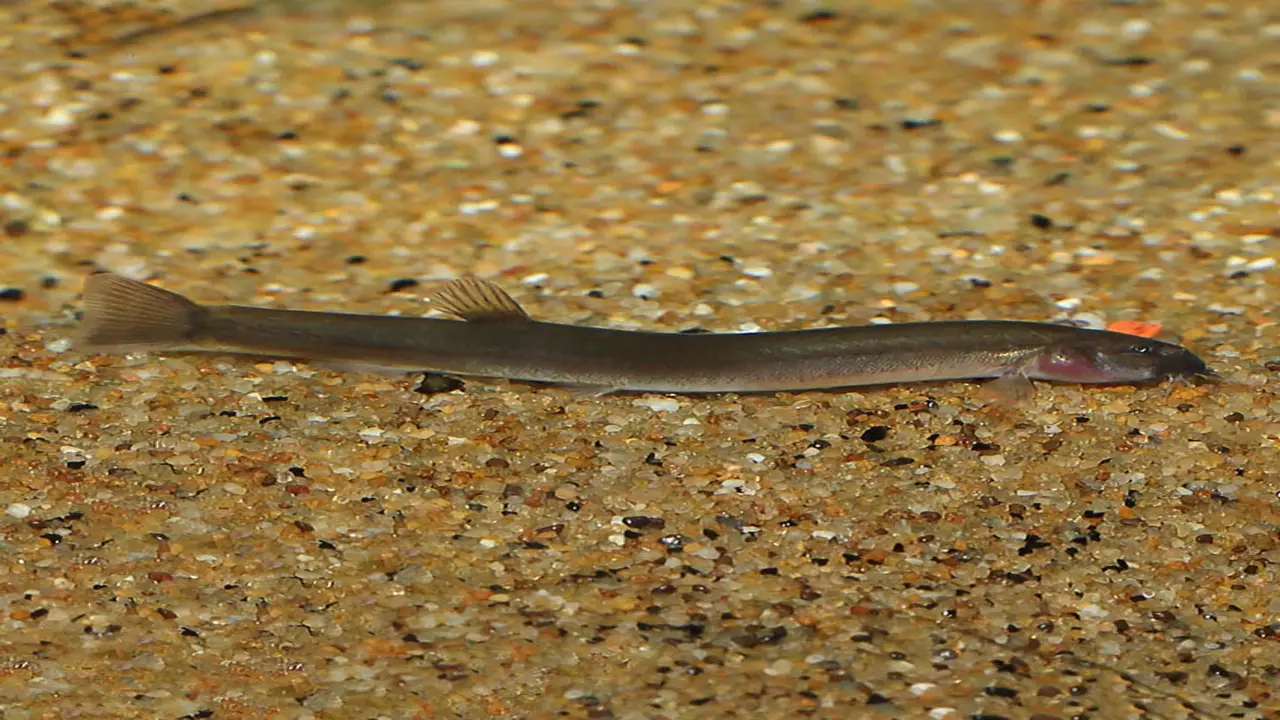
For keeping a Java loach as a pet, it is important to create the right environment for them to thrive. Water parameters and temperature are key factors to consider. Java-loaches are native to rivers and streams in Southeast Asia, so they prefer slightly acidic water with a pH level between 6.5 and 7.5.
The water temperature should be kept between 75-82°F (24-28°C), replicating their natural habitat. It is also important to provide them with plenty of hiding places, such as rocks or caves, as Java loaches are nocturnal and like to hide during the day. Maintaining the appropriate water parameters and temperature can create a comfortable and healthy environment for your Java loach.
Suitable Tank Mates For A Java Loach
When considering suitable tank mates for a java-loach, choosing fish compatible with their peaceful nature is essential. Java-loaches thrive in a community tank setting and coexist with other fish species. Some suitable java-loach tank mates include tetras, guppies, rasboras, and corydoras catfish.
These fish share similar water parameter requirements and have peaceful temperaments, making them ideal companions for java-loaches. However, it is always recommended to research the specific needs and behaviors of any potential tank mates before introducing them to ensure a harmonious aquatic environment for all inhabitants.
Feeding Habits And Diet Of A Java Loach
Java-loaches are popular for their unique feeding habits and diet. These small, bottom-dwelling fish are omnivorous, which means they eat plant matter and small invertebrates. In the wild, they feed on algae, insects, worms, and other small organisms found in rivers and streams’ substrates. In an aquarium setting, providing them with a varied diet is important to ensure their nutritional needs are met.
This can include sinking pellets or flakes specifically designed for bottom-dwelling fish and fresh or frozen foods like bloodworms, brine shrimp, and daphnia. It is also beneficial to supplement their diet with blanched vegetables like zucchini or spinach. By providing a diverse range of foods, you can help support the health and vitality of your Java loach.
Maintaining Water Quality For A Healthy Java Loach
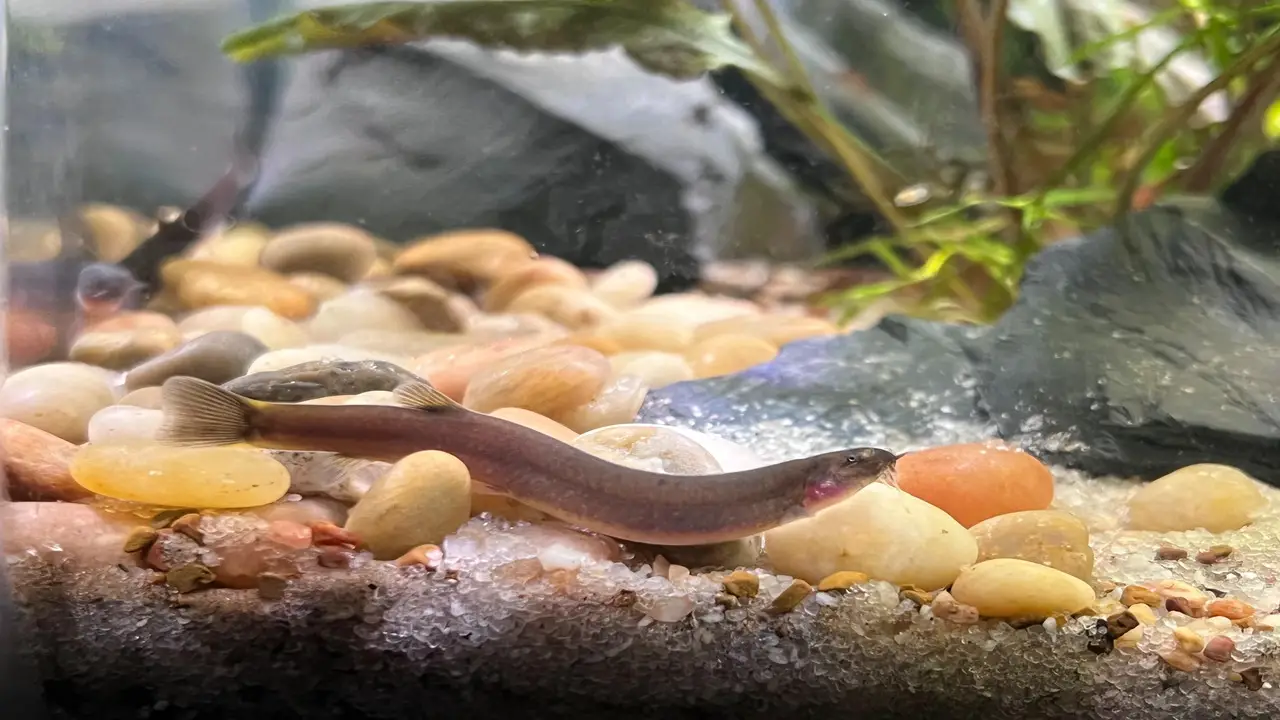
Maintaining water quality is crucial for keeping your java-loach healthy. These fish are sensitive to changes in water parameters, so it’s important to test the water and make any necessary adjustments regularly. Java-loaches thrive in a pH range of 6.5-7.5 and prefer soft to moderately hard water. Providing a well-filtered tank with good water circulation is also important to ensure that waste and toxins are efficiently removed.
Regular water changes are essential for diluting pollutants and replenishing minerals. Additionally, adding live plants can help improve water quality by absorbing nitrates and providing natural filtration. You can create a healthy and thriving environment for your java loach by maintaining optimal water conditions.
Providing Hiding Spots And Decorations In The Tank
Java-loaches are small, peaceful fish that can make a great addition to your aquarium. One important aspect of caring for java-loaches is providing them with hiding spots and decorations in the tank. These fish like to have places where they can retreat and feel safe, so it’s a good idea to include rocks, caves, plants, or other structures in the tank.
This will create a more visually appealing environment and help reduce stress for the Java loaches. By providing hiding spots and decorations, you can ensure your java-loaches have a comfortable and secure habitat in your aquarium.
How To Make Your Java-Loach Happy In Your Aquarium
To ensure the happiness of your java-loach in your aquarium, there are a few key factors to consider. First and foremost, provide them with a suitable environment that mimics their natural habitat. This includes a well-maintained tank with plenty of hiding spots, such as caves or plants, as java-loaches are nocturnal and enjoy having places to retreat during the day.
Additionally, they thrive in groups, so keeping at least three Java loaches together is recommended. Regarding diet, java loaches are omnivorous and will eat live and frozen foods. It is important to offer them a varied diet to ensure optimal nutrition. Lastly, maintaining good water quality is crucial for their overall well-being. Regular water changes and monitoring ammonia, nitrite, and nitrate levels will help keep your java-loach happy and healthy in their aquatic home.
Reproduction And Breeding Of Java Loaches
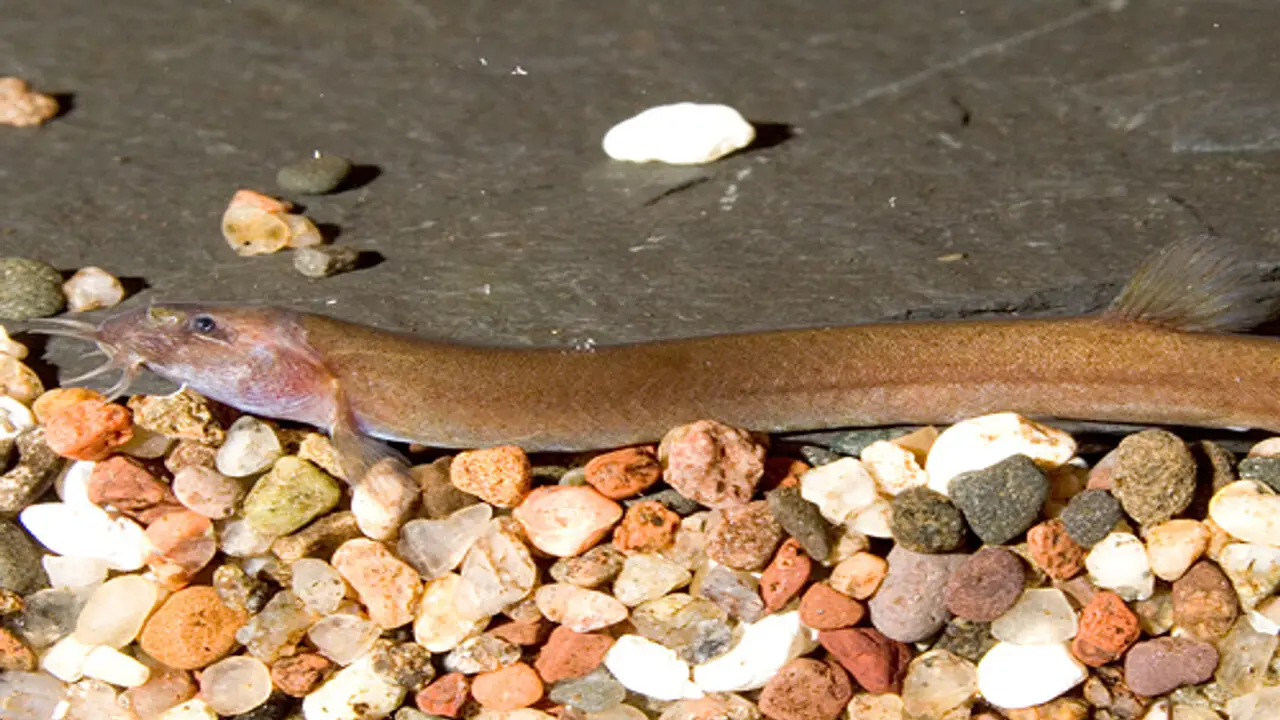
Java-loaches are a fascinating species when it comes to reproduction and breeding. These small, peaceful fish are known for their interesting behaviors during the mating process. During courtship, the male java-loach will chase the female around the tank, often nipping at her fins to encourage her to spawn. Once the female is ready to release her eggs, she will lay them on plants or other surfaces in the aquarium.
The male will then fertilize the eggs by releasing sperm over them. After fertilization, removing the adult fish from the tank is important to prevent them from eating the eggs. The eggs will hatch in about 24-48 hours, and the fry can be fed with powdered flake food or newly hatched brine shrimp. With proper care and conditions, java-loach breeding can be a rewarding experience for fish keepers.
Common Diseases And Health Issues Of Java Loaches
Java-loach, or the Dojo loach or Pond loach, is a popular freshwater fish species in aquariums. Java-loaches are small freshwater fish that are popular in aquariums. While they are generally hardy and easy to care for, there are certain diseases and health issues that java-loaches may be prone to. Some common health issues include:
- Ich: This parasitic infection causes white spots on the fish’s body and fins.
- Fin Rot: Fin rot is a bacterial infection that can cause the fins to become ragged or frayed.
- Swim Bladder Disorder: This condition affects the fish’s swim bladder, which can cause them to have difficulty swimming or floating abnormally.
- Dropsy: Dropsy is a bacterial infection that causes the fish’s abdomen to become swollen and bloated.
To prevent these health issues, it is important to maintain good water quality in the aquarium, provide a balanced diet, and ensure proper tank conditions. If you notice any signs of illness in your java-loach, it is best to consult a veterinarian specializing in fish health.
Tips For Successful Care And Maintenance Of Java Loaches In Your Aquarium
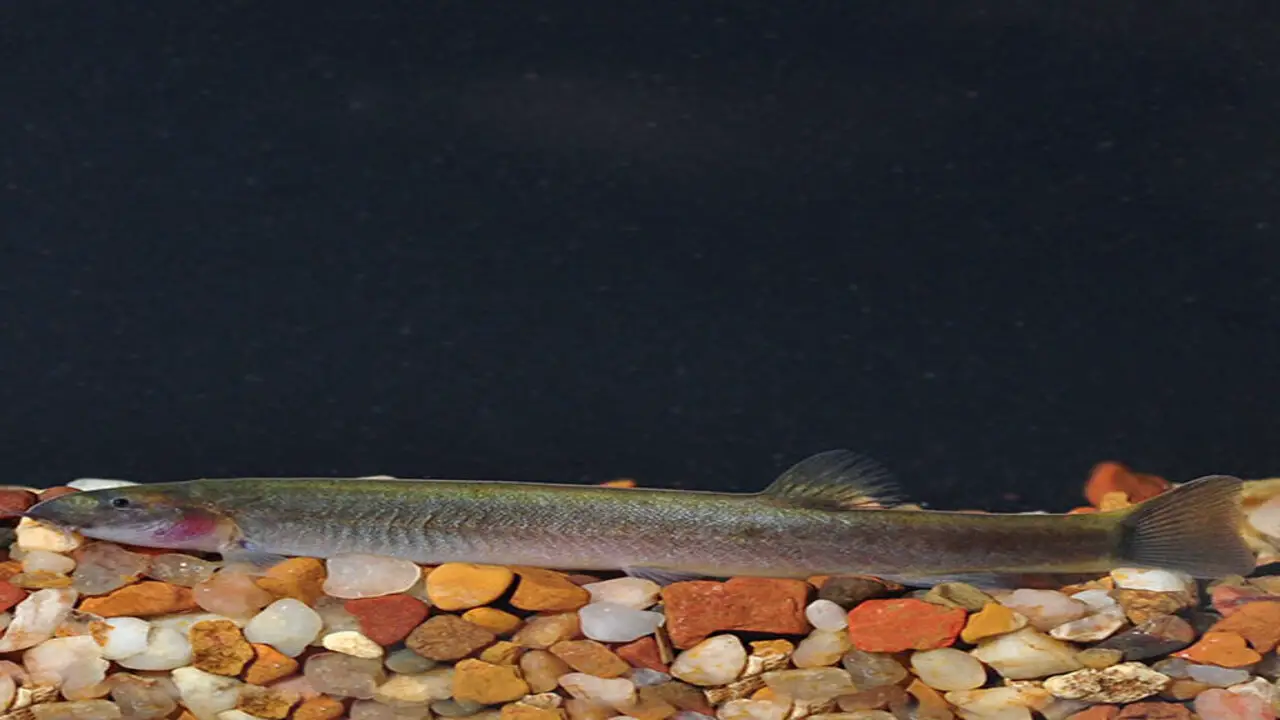
To ensure the successful care and maintenance of java-loaches in your aquarium, provide plenty of hiding spots and clean water. Keep them in groups of at least 3 to prevent stress. Moderate water flow is essential for their active swimming behavior. When it comes to the care and maintenance of Java loaches, there are a few key tips to keep in mind:
- Tank setup: Provide a spacious tank with plenty of hiding spots, such as caves or plants, as java-loaches are known to be shy and enjoy having places to retreat.
- Water conditions: Maintain clean and well-filtered water with a pH level between 6.0 and 7.5 and a temperature between 72°F and 79°F.
- Diet: A balanced diet is essential for Java loaches. They are omnivores, offering high-quality pellets, flakes, and frozen or live foods like bloodworms or brine shrimp.
- Tankmates: Java-loaches are generally peaceful but may exhibit territorial behavior toward their own kind. Avoid keeping them with aggressive or large fish that may intimidate or harm them.
- Lighting: Provide moderate lighting in the tank to mimic their natural habitat.
- Regular monitoring: Keep an eye on the health and behavior of your Java loaches. Look out for signs of stress, disease, or any unusual behavior.
By following these tips, you can ensure the successful care and maintenance of your java-loaches and create a thriving environment for these fascinating fish.
Conclusion
The java loach is a fascinating and beautiful addition to any aquarium. They can thrive and bring joy to your aquatic environment with proper care and attention to their specific needs. Ensure they have a suitable tank setup, maintain the right water parameters, and offer appropriate tank mates.
Pay attention to their feeding habits and diet and maintain water quality for their overall health. Providing hiding spots and decorations will make them feel safe and secure in their new home. With the right care and attention, your java-loach will be a happy and healthy addition to your aquarium.
Frequently Asked Questions
How Big Do Java-Loaches Get?
Java-loaches typically reach a size of 4-5 inches long. They are peaceful and can be kept in groups of 3 or more. They thrive in planted tanks with ample hiding spots. Proper care and diet contribute to their maximum growth potential.
How Do You Care For A Java Loach In An Aquarium Setting?
To properly care for a java loach in your aquarium, keep them in at least three groups. Provide a planted tank with hiding places for their comfort. Offer a varied diet of live and frozen foods to meet their nutritional needs. Regular water changes and maintenance are essential for a healthy environment.
What Do Java Loaches Eat, And How Often Should They Be Fed?
Java-loaches are omnivores and have a varied diet. They can be fed pellets, flakes, and live or frozen foods. Feeding them once or twice a day is best, providing only what they can consume within a few minutes. Avoid overfeeding to prevent health problems and maintain a clean tank. Supplement their diet with algae wafers or blanched vegetables like zucchini or spinach.
.Can Java Loaches Live With Other Fish, And If So, Which Ones?
Java-loaches can thrive alongside peaceful fish species in your aquarium. Tetras, rasboras, and gouramis are suitable tankmates for java-loaches. Avoid aggressive or territorial fish that may harm or stress them. Provide hiding places and a well-maintained environment for their health and happiness.
Are There Any Special Considerations When Breeding Java Loaches?
Breeding java-loaches in captivity requires careful consideration. Set up a separate breeding tank with optimal water conditions and lighting. Provide hard surfaces like rocks or plants for egg-laying. Seek advice from experienced breeders before attempting to breed java-loaches.

Aquarium passion is all about connecting with the aquatic life and providing education to the public on the importance of these creatures. We showcase a wide variety of marine life through our exhibits as well as working with schools to provide unique learning opportunities for students of all ages.









